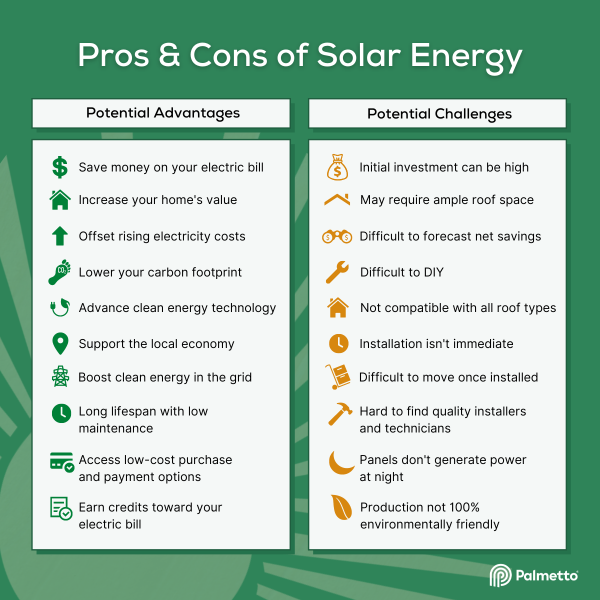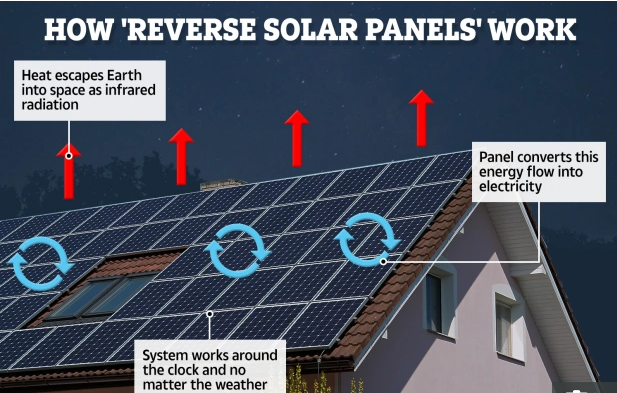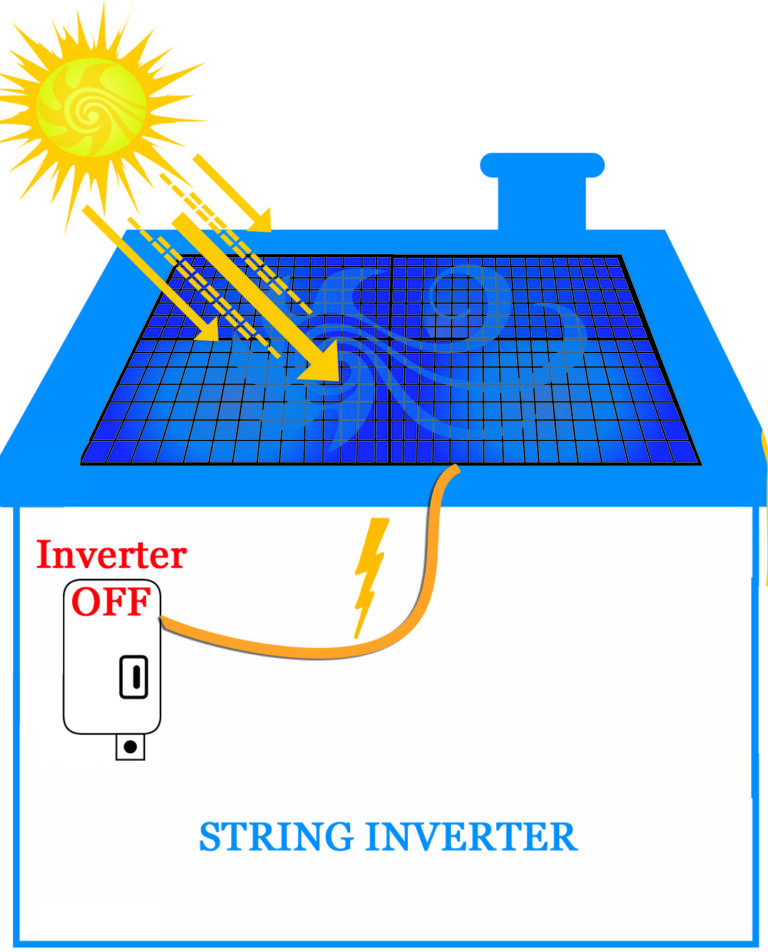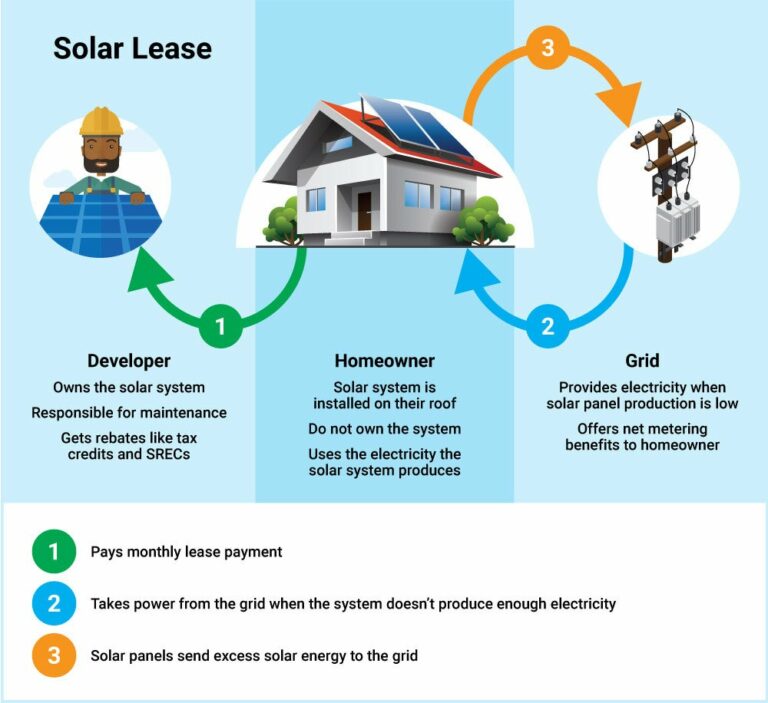How Is Solar Energy Converted Into Electricity?
Have you ever wondered how solar energy is transformed into electricity? It’s an amazing process that harnesses the power of the sun to generate clean and sustainable energy. In this article, we’ll explore the journey of solar energy, from capturing sunlight to converting it into electricity that can power our homes and cities. So, let’s dive in and uncover the fascinating world of solar power!
Picture this: the sun is shining brightly in the sky, and its rays are beaming down onto a solar panel. These panels are made up of tiny cells called photovoltaic cells, or PV cells for short. These cells are designed to absorb sunlight and convert it into electricity. When sunlight hits the PV cells, it excites the electrons within them, generating a flow of electrons or an electric current.
Once the solar energy is converted into electricity, it can be used right away or stored in batteries for later use. The electricity can then be distributed through power lines to homes, businesses, and even entire communities. With solar power, we can tap into an abundant and renewable source of energy, reducing our dependence on fossil fuels and mitigating climate change. Isn’t it incredible how the sun’s energy can power our everyday lives in such a clean and sustainable way?
Now that you have a taste of what’s to come, let’s delve deeper into the process of converting solar energy into electricity. Get ready to explore the science, technology, and environmental benefits that make solar power a shining star in the world of renewable energy!
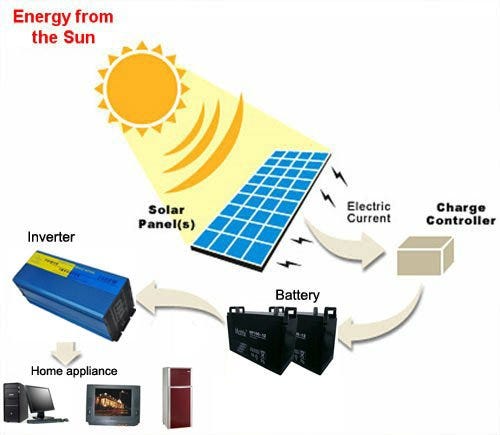
How is Solar Energy Converted into Electricity? Explained in Detail
Solar energy is a rapidly growing source of renewable energy that has the potential to power our homes, businesses, and even entire cities. But have you ever wondered how solar energy is converted into electricity? In this article, we will explore the process behind harnessing the power of the sun and transforming it into usable electricity. From the science behind solar panels to the role of inverters and batteries, we will delve into the intricacies of solar energy conversion. So, let’s dive right in!
1. The Basics of Solar Energy Conversion
Solar energy conversion begins with the most fundamental component – a solar panel. Solar panels are made up of a collection of photovoltaic (PV) cells, which are primarily composed of silicon. When sunlight hits the surface of a solar panel, it excites the electrons within the silicon atoms. This generates a flow of negatively-charged electrons, creating an electric current.
The solar panel is connected to an inverter, which plays a crucial role in the conversion process. The inverter transforms the direct current (DC) electricity produced by the solar panels into alternating current (AC) electricity, which is suitable for powering our homes and businesses. Once converted, the AC electricity can be used to power appliances, charge batteries, or even be fed back into the main electrical grid.
2. Maximizing Solar Energy Efficiency
While solar panels are the backbone of solar energy conversion, there are several factors that can impact the overall efficiency of the system. One factor is the orientation and tilt of the panels. Ideally, solar panels should face south (in the northern hemisphere) and have an optimal tilt angle to maximize sun exposure throughout the day.
Another consideration is the presence of shading. Even partial shading on a solar panel can significantly reduce its energy output. To mitigate this, solar installers often use techniques such as bypass diodes or panel-level power optimizers, which minimize the impact of shading on system performance.
Additionally, the cleanliness of the solar panels is vital for optimal energy generation. Dust, debris, or bird droppings can obstruct sunlight and lower the efficiency of the panels. Regular cleaning and maintenance are essential to ensure maximum energy production.
3. Storage and Grid Integration
Solar energy is most abundant during daylight hours, which may not always align with the peak demand for electricity. To bridge this gap, solar energy systems can be coupled with energy storage solutions, such as batteries. These batteries store excess electricity generated by the solar panels during the day and release it when needed, even after the sun goes down.
In cases where the solar energy system generates more electricity than the property can consume, the excess energy can be fed back into the electrical grid. This is made possible through a process called net metering, where the surplus electricity is credited to the owner’s utility bill. It establishes a symbiotic relationship between solar energy producers and the grid, ensuring efficient use of renewable energy resources.
Solar Energy Converted into Electricity: Key Considerations
Now that we have delved into the process of converting solar energy into electricity, let’s explore some key considerations associated with this transformative process.
1. Environmental Benefits of Solar Energy
Solar energy offers numerous environmental benefits. It is a clean and renewable source of energy, producing zero greenhouse gas emissions during operation. By choosing solar energy over fossil fuel-based electricity generation, we can significantly reduce our carbon footprint and mitigate climate change.
Solar energy also helps to conserve water resources. Unlike conventional power plants that require vast amounts of water for cooling, solar photovoltaic systems consume minimal water, making them an environmentally friendly choice.
2. Solar Energy vs. Fossil Fuels
When comparing solar energy to fossil fuels, there are several advantages that make solar a compelling choice. Solar energy is renewable, whereas fossil fuels are finite resources that are rapidly depleting. Solar energy is also decentralized, allowing individuals and businesses to generate their own electricity and reduce dependence on centralized power grids.
In terms of cost, the price of solar energy has been steadily declining, making it more affordable and accessible to a wider range of consumers. Fossil fuels, on the other hand, are subject to price volatility and geopolitical influences, which can impact affordability and stability.
3. Tips for Harnessing Solar Energy
If you are considering installing a solar energy system, here are some tips to make the most of your investment:
1. Conduct a thorough site assessment: Determine the solar potential of your location by considering factors like shading, roof orientation, and available space.
2. Choose a reputable installer: Working with an experienced and certified solar installer ensures the system is properly designed and installed, maximizing energy production.
3. Consider energy-efficient appliances: Investing in energy-efficient appliances reduces overall electricity consumption, allowing your solar energy system to meet a larger percentage of your electricity needs.
4. Monitor and maintain: Regularly monitor your solar energy system’s performance and conduct routine maintenance to ensure optimal energy generation.
In conclusion, solar energy conversion is a fascinating process that allows us to harness the abundant energy of the sun and convert it into electricity. From the basic science behind solar panels to the considerations for maximizing efficiency and integrating with the electrical grid, we have explored the various aspects of this transformative process. By understanding how solar energy is converted into electricity, we can appreciate the immense potential of this renewable energy source to power a sustainable future.
Key Takeaways: How is Solar Energy Converted into Electricity?
- Solar panels capture sunlight and convert it into electricity.
- When sunlight hits the panels, the photovoltaic cells inside them create an electric current.
- A device called an inverter then converts the direct current (DC) electricity into alternating current (AC) electricity, which is the type commonly used in homes.
- The converted electricity is then used to power appliances and lights in our homes.
- Any excess electricity can be fed back into the grid for others to use, or stored in batteries for later use.
Frequently Asked Questions
Curious about how solar energy is converted into electricity? Look no further! We’ve got the answers to your questions right here.
1. How does solar energy get converted into usable electricity?
Solar energy is converted into usable electricity through the use of solar panels. These panels are made up of photovoltaic (PV) cells that absorb sunlight and generate an electric current. When sunlight hits the PV cells, the photons from the sunlight knock electrons loose from their atoms in the PV cell’s semiconductor material.
These loose electrons then flow through the PV cells, creating an electric current. This current is gathered by the metal conductive plates in the solar panel and then directed to wires, which leads to an inverter. The inverter converts the direct current (DC) electricity into alternating current (AC) electricity, which is the type of electricity used in homes and businesses.
2. What happens to solar energy on cloudy days or at night?
While solar panels work best under direct sunlight, they can still generate electricity on cloudy days or during times of indirect sunlight. Although the amount of electricity produced may be reduced, solar panels can still capture and convert available sunlight into usable electricity. However, during the night, when there is no sunlight, solar panels do not generate electricity.
In order to have a continuous supply of electricity, solar power systems are typically connected to the electric grid or have a battery storage system. This allows excess electricity generated during sunny days to be stored and used when there is no sunlight, ensuring a consistent power supply even during periods of low or no sunlight.
3. Can solar energy be used to power an entire home or business?
Absolutely! Solar energy can be used to power an entire home or business. The number of solar panels needed depends on factors such as the size of the property and the energy needs of the occupants. A professional solar installer can assess these factors and recommend the appropriate number of panels for a complete solar power system.
With advancements in solar technology and increased efficiency of solar panels, it is now possible to generate enough electricity from solar energy to meet the power needs of an entire household or business. This not only reduces reliance on traditional energy sources but also helps save on energy costs in the long run.
4. How long do solar panels last, and do they require maintenance?
Solar panels have a lifespan of about 25 to 30 years. However, this can vary depending on the quality of the panels and the manufacturer. Regular maintenance is recommended to ensure optimal performance and longevity, such as cleaning the panels to remove any dirt or debris that may obstruct sunlight absorption.
Most solar panels come with a warranty that guarantees their performance for a certain number of years. It’s also advisable to have a professional solar technician conduct regular inspections to identify any issues and ensure correct functioning. By following maintenance guidelines, solar panels can continue to generate electricity efficiently and effectively throughout their lifespan.
5. Can solar energy systems be installed in areas with limited sunlight?
While solar energy systems work best in areas with abundant sunlight, they can still be installed in areas with limited sunlight. Even in regions with cloudy or overcast weather, solar panels can generate electricity, although the amount produced may be lower than in sunnier locations.
When considering installing a solar energy system in an area with limited sunlight, it’s important to assess the potential solar output and consult with a professional installer to determine the feasibility and expected performance of the system. Adjustments can be made, such as angling the panels to optimize sunlight absorption, to maximize the system’s efficiency and energy production.
Summary
Solar energy is converted into electricity through the use of solar panels.
These panels contain photovoltaic cells that convert sunlight into direct current (DC) electricity. This DC electricity is then converted into alternating current (AC) electricity by an inverter, making it usable for homes and businesses.
By harnessing the power of the sun, solar energy provides a renewable and clean source of electricity, helping to reduce reliance on fossil fuels and mitigate climate change.

